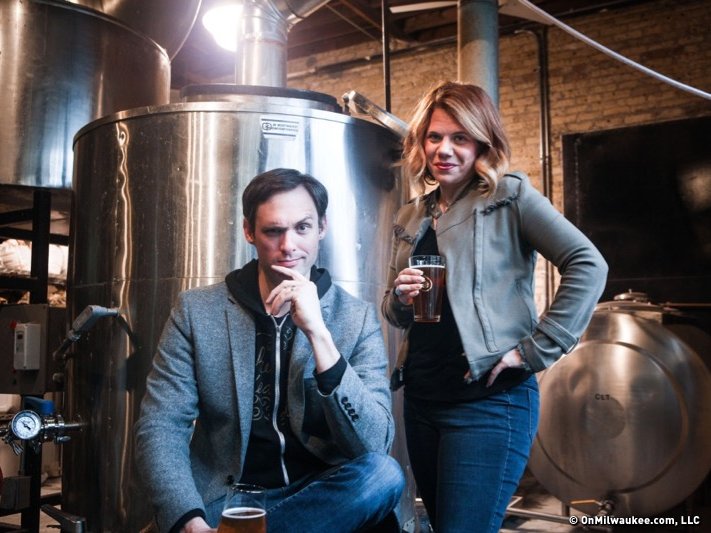In a recent online reader poll, I saw that more people claim to watch the Super Bowl more for the commercials than they do for the game. I believe that’s true.
Brian Bennett, president of STIR Advertising and Integrated Messaging in Milwaukee, believes that too. In fact, for the past few years he has spent more time studying the commercial air time between the whistles on the field than many former players spend researching before working as a broadcast commentator for the game.
"Super Bowl ads are different than what we would see normally," Bennett said, explaining that the audience has an expectation for an experience.
That’s a pretty big point. Normally an ad used in mass media has to show a product or service and the sort of benefit it can give the consumer. On Super Bowl night, the commercials have to also be entertaining.
"Nationwide, (an ad) has the opportunity to make them instantly credible," Bennett said. That credibility comes at a cost, however. "It’s almost $4 million for 30 seconds, and that’s just the airtime. That doesn’t include the production costs, or other support like social media. I would tell the advertiser that it would take at least $10 million to make it work."
Bennett and his STIR colleagues have gone on area TV stations to show some of the "leaked" ads that try to capitalize on getting headlines before the big game. Bennett says it is an interesting tactic, versus waiting to make the big splash with the ad and its first run during the big game. On the STIR website he’s posted a poll asking witch of three strategies would you choose.
"For those of us in the advertising industry, the Super Bowl is our Super Bowl," Bennett wrote, speaking of his insider’s perspective on the big game. "It’s our chance to shine and put forth our best creative work before a huge worldwide audience. Afterward, most people talk more about the commercials than the game."
On his blog, Bennett walks through a number of tactics that will be in play, including an area that I like to write about in this column, a place called the "second screen."
"But what’s really interesting is to see how marketers are handling the rise of the ‘second screen’ – the interactive computers, pads and mobile phone devices that house web sites and social media apps," Bennett wrote.
"Many are banking on making their considerable investments pay out by leveraging the second screen to generate a larger, more engaged audience. In essence, it’s a double down on the bet since developing the programs to generate interest will, in many cases, cost nearly as much as the ads themselves."
Bennett goes on to talk about Paramount’s plans with the next "Star Trek" film, and the trailer that will be played in the game, and the pre-game promotion of a contest and a mobile app.
Bennett said that it will be interesting to see the reactions to the ads, and sometimes he enjoys that more than the ads themselves. Some ads rely on star power, like Kate Upton for Mercedes, and other companies, like Doritos, are using crowd sourcing for ad ideas. Audi returns with an ad that allows people to vote on different endings for the spot shown with the game.
The true winners will be the ones we are all talking about on Monday morning.
INTERACTIVE: The United Adworkers Ad Club will be conducting another Super Bowl tweet-up during the Super Bowl game Sunday. Follow @UnitedAdworkers on Twitter and participate in the discussion with the hashtag of #adworkers to chat with Milwaukee area advertising professionals during the game.
Media is bombarding us everywhere.
Instead of sheltering his brain from the onslaught, Steve embraces the news stories, entertainment, billboards, blogs, talk shows and everything in between.
The former writer, editor and producer in TV, radio, Web and newspapers, will be talking about what media does in our community and how it shapes who we are and what we do.







